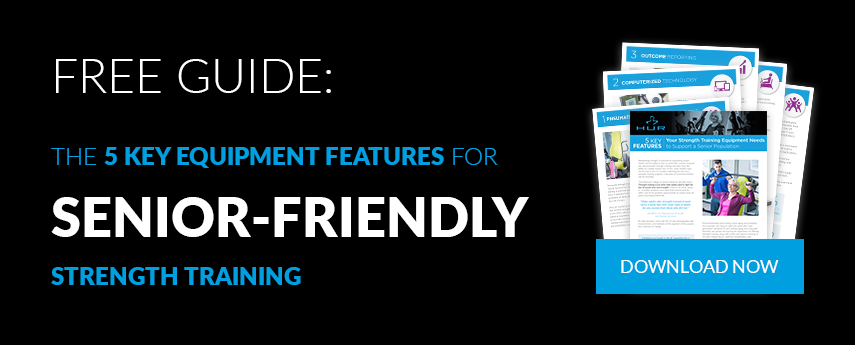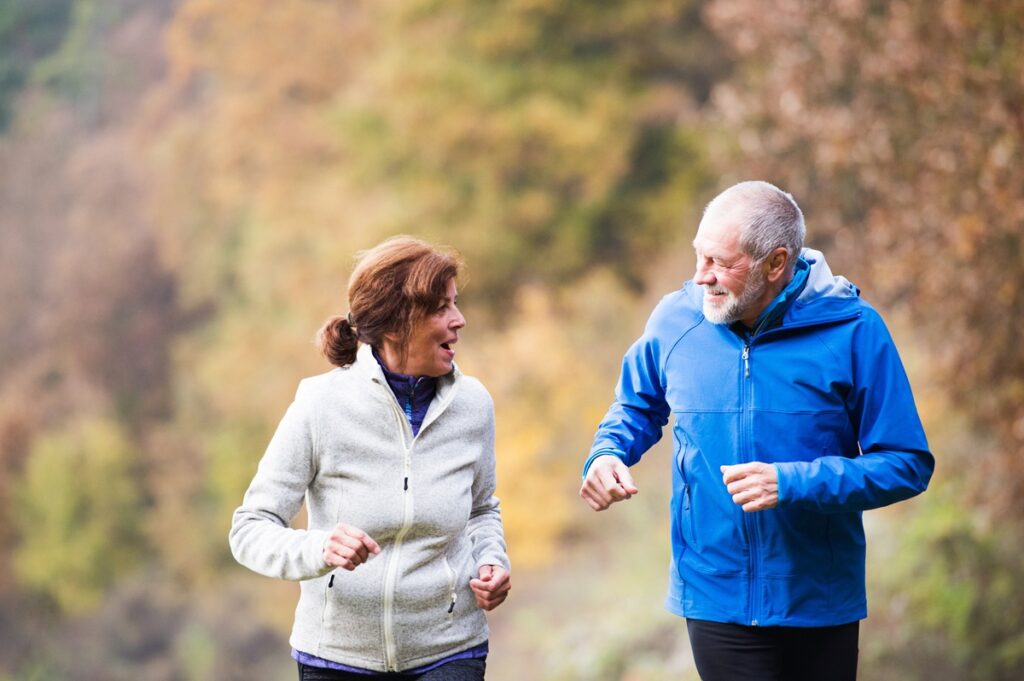How to Encourage Seniors to Get Started with Strength Training
Seniors who aren’t engaged in regular strength training are missing out on one of the most effective things they can do to stay active and independent. Strength training can keep sarcopenia (age-related muscle loss) at bay, keep bones and joints strong and supple, prevent falls, combat depression and anxiety, and prevent cognitive decline.
While most care professionals understand the importance of strength training, it can be difficult to encourage seniors to add regular workouts into their week. For seniors who have never trained, or not trained since they were much younger, the very idea of strength training can be intimidating.
Getting Started with Strength Training
For seniors who are new to strength training, it’s important to focus on just getting started. Many seniors may think strength training is only for the young. But, nothing can be further from the truth! If anything, strength training becomes more and more important as we age.
To get started, keep it simple and recommend beginning with just two 30-minute workouts per week. Most people can commit to one hour a week no matter what.
Connecting the benefits of strength training to things that matter to them in their life is a way to help them continue coming each week. For example, for a senior who loves to play golf, focus on the fact that strength training improves balance, coordination, and mobility – three factors that have a direct impact on their ability to play golf.
For a senior that is suffering from arthritis, diabetes, osteoporosis, heart disease, back pain, or other illnesses, focus on helping them understand how strength training can lessen their symptoms and, in many cases, reduce the severity of the illness itself.
When seniors understand the impact that muscle strength has on their day-to-day life, it can help them overcome feelings of intimidation and resistance to just get started. Once they get going with a regular strength training routine, it doesn’t take long for them to feel the benefits.
One senior living community in Wisconsin calls this “Finding their big WHY.” By helping older adults find their motivating reason for coming into the gym, they were able to achieve a 79% utilization rate.
Why Strength Matters
Historically, there’s been a cultural mindset that a loss of vitality, energy, and strength is an inevitable part of aging. But this simply isn’t true and many of today’s seniors are changing this way of thinking. There is no reason to accept poor health as an inevitable part of aging.
When it comes to strength, flexibility, and overall mobility, “use it or lose it” genuinely applies. Resistance training can actually prevent muscle loss and increase bone density as we age. So there really isn’t any need to accept the idea that weakness and poor health are just a part of aging. We can change the way we age!
3 LOWER BODY STRENGTH EXERCISES
A good starting point is lower body exercises. Lower body strength is necessary for almost all independent movement. Lower body strength can also help prevent falls which are a tremendous threat to remaining active and independent. Strength training is just one component in a comprehensive fall prevention program, but it’s one of the most important.
For older adults with full use of their legs, but some bone density and muscle loss, these three machines are extremely effective in preventing further loss and building strength:
One of the best non-equipment exercises for building lower body strength is the squat.
Squats are one of the best ways to work the muscles of the thighs, hips, buttocks, and hamstrings, but they require good form to not cause injury. Stand tall, feet hip-width apart, in front of a sturdy chair. Cross your arms over your chest, or extend straight out in front of you for balance. As much as possible, shift your weight to your heels and slowly lower yourself just to the point that your backside is barely touching the seat. Do not sit down. As soon as your rear touches the seat, return to standing, pushing through the heels through the whole movement. To make it more challenging, hold a medicine ball or hand weights while squatting.
UPPER BODY STRENGTH EXERCISES
Upper body strength is also incredibly important to maintaining an active, independent life. Even simple tasks like carrying a grocery bag, lifting items from a cabinet, or pushing ourselves out of a chair require upper body strength. When we allow upper body muscles to weaken, just moving through normal daily tasks can cause injury.
Two machines that are particularly effective for building strength in upper body muscles that help us with normal daily tasks are the
- Chest Press and
- Optimal Rhomb.
One of the best non-equipment exercise to build upper body strength is the incline push-up.
Push-ups work the muscles of the chest, triceps, shoulder, and back. However, when you perform a push-up off an incline, there is more emphasis on the lower chest and back muscles.
The intensity of incline push-ups depends on the height of the incline. If you are just starting to build upper body strength, begin by using a high incline, such as a countertop, allowing you to perform the move with low intensity. As you build strength, lower the incline all the way down to something akin to a porch step, which will increase the difficulty of the move.
To do an incline push-up, stand facing a countertop, bench, or sturdy chair. Make sure that whatever you’re using won’t move as you use it. Put both hands on its edge, slightly wider than shoulder-width apart. Extend both feet behind you so that your body forms a straight line from the top of your head down through your heels. Bend your elbows so that they flare out slightly from your sides, and lower your shoulders to your hands. Be careful to keep your back straight and core braced. Pause for a second or two, then press through your palms to return to the starting position. To make it more challenging as you get stronger, reduce the incline until you are performing pushups on something that’s only about 12-inches above the floor.
FINALLY, DON'T NEGLECT THE CORE
Without regular strength training, core muscle fibers shrink and become less flexible. Since the abdominal muscles act as an anchor for our spine, when they are weak, we are more susceptible to injury and back pain. Without strong core muscles, even sitting up for long periods of time can be exhausting. Weak core muscles increase our risk of back injury and falling, and affect our ability to perform even the most simple daily tasks.
The problem can be compounded if we’re carrying around excess weight, have poor posture, or are afflicted with an illness such as arthritis or osteoporosis. The final, and 6th exercise is:
Abdomen/Back extension machine. This machine is incredibly effective for building core strength.
Two great non-equipment exercises for building core strength are the Basic Bridge and the Forearm Plank.
The Basic Bridge strengthens the glutes, hips, lower back, and abdominal muscles and helps keep the spine in proper alignment.
To perform this exercise, lie flat on the floor, facing the ceiling, with legs bent at a 90-degree angle. Bracing your glutes and abdominal muscles, push your hips towards the ceiling, until your body forms a straight line from your knees to your shoulders. Hold for a couple of seconds, then slowly lower your body until almost touching the floor. Repeat 5-10 times.
To perform the Forearm Plank, lie face down on a mat. Place your forearms flat on the mat with elbows aligned below the shoulders, and your arms parallel to your body, about shoulder-width apart. Raise yourself up onto your forearms and toes, contracting your abdominal muscles to support the spine, and keeping your back flat. Hold this position for as long as you can, working up to 60 seconds.
The most effective fitness routine for seniors, of course, builds whole-body strength, flexibility, stability, and endurance.
Here are some additional resources for creating a holistic fitness program for older adults:
- Whole-body strength training. These 5 exercises target all the main muscle groups for an effective whole-body strength training routine.
- Flexibility and Functional Training. Here are 4 ways stretching can support active aging and improve the effectiveness of functional training.
- Cardio. Brisk walking is one of the best ways to support heart health and improve cognitive functioning, among other benefits. However, walking ability begins to decline past 65. These 2 techniques can help seniors improve their walking speed.
- Balance and Fall-Prevention. The HUR SmartBalance is the most effective balance training and assessment machine on the market. Learn more about the impact that regular balance training can have on older adults, and how the HUR SmartBalance makes it easier than ever for next-generation rehabilitation and senior living providers to assess risk and provide solutions.










